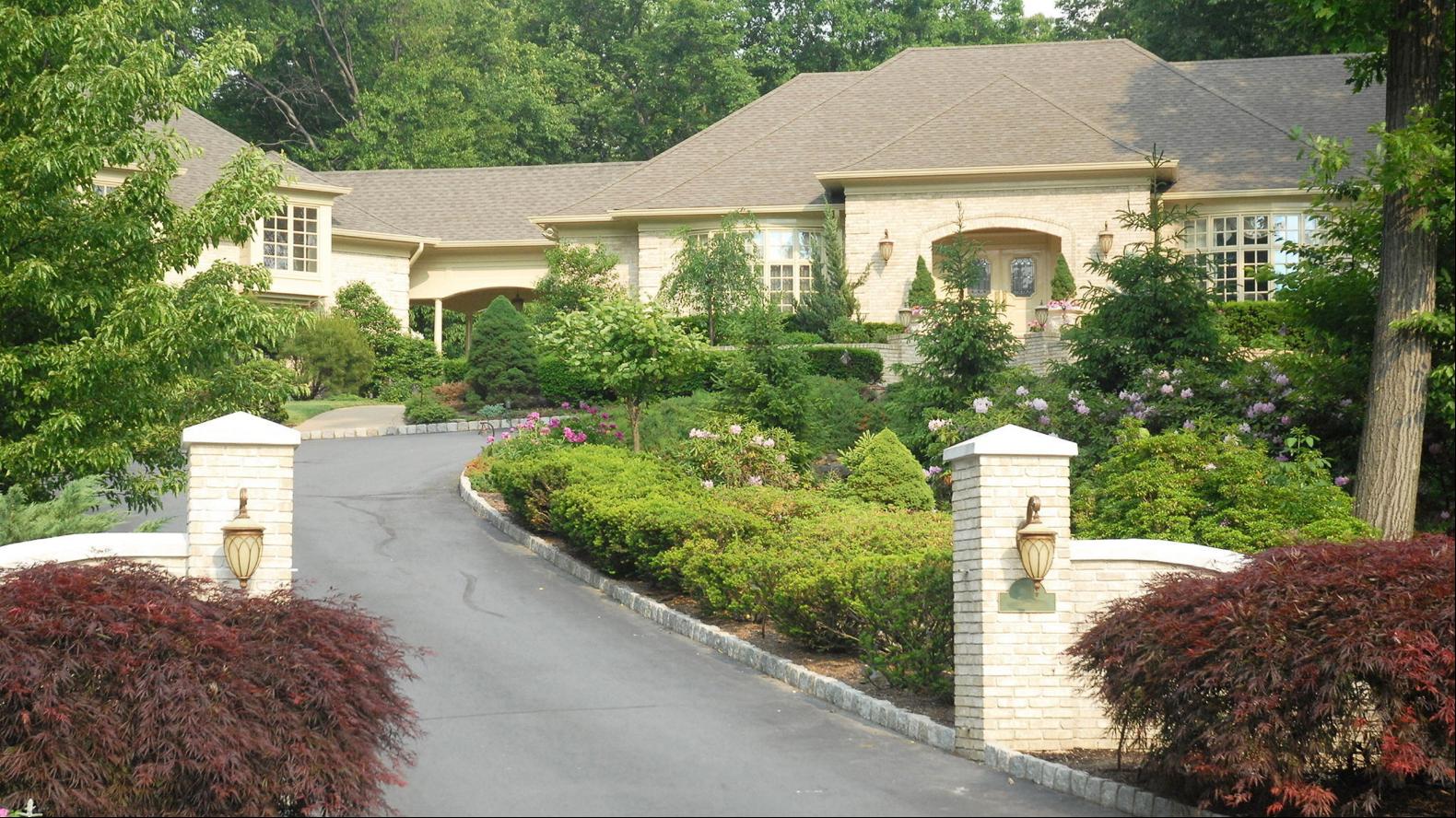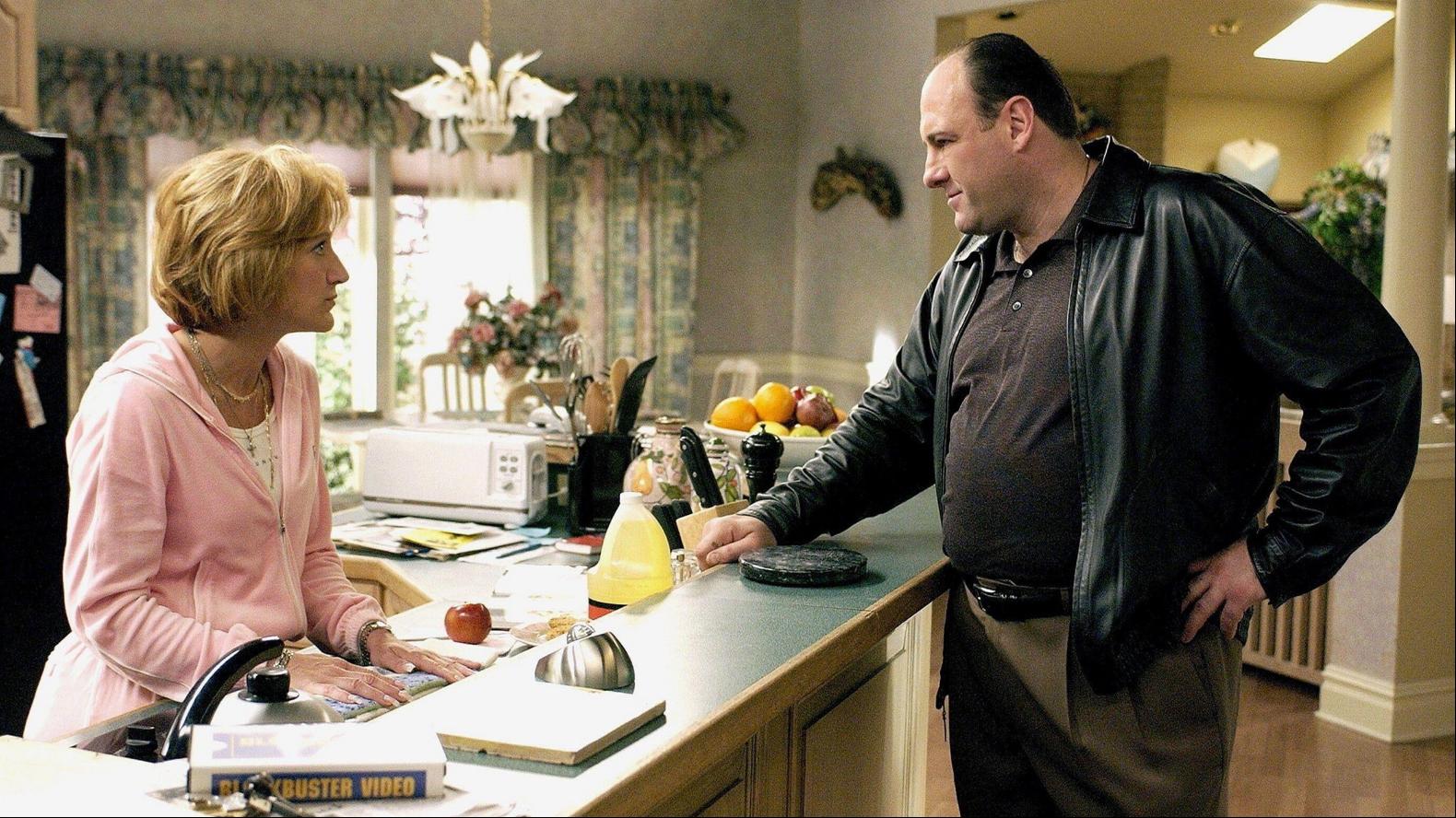
By Lauren O’Neill
You are not supposed to admire the “McMansion”, the US housing equivalent of fast-food. These sprawling, suburban residences possess a kind of retro bombast, embodying the “anything goes” pre-2008 financial crisis spirit. They tend to be universally hated in architectural circles, both for their more-is-more quality and lack of commitment to any particular style.
I, however, have always had a soft spot for the McMansion; growing up, I considered the huge, gaudy houses of American teen movies to be the height of aspiration. As an adult, I have loved one in particular: the hilltop house occupied by one of television’s most well known families, the Sopranos.
According to the show’s creator David Chase, the New Jersey house, with its endless rooms, ostentatious details and militant dedication to frilled soft furnishings, was selected for its typical McMansion feel. It served as the architectural embodiment of what has lately come to be known on social media as the mob wife aesthetic, the popularity of which has been boosted by a resurgence of all things The Sopranos. This look, as exemplified by characters from the show such as matriarch Carmela Soprano (Edie Falco), is defined by everyday glamour and exaggerated femininity: a teased beehive at the petrol station, for example, or leopard print for the grocery store.

I have always been drawn to a certain type of kitschy maximalism — I am, for example, never without a gaudy manicure (currently: tiger-striped French nail tips) — so naturally the house’s pink accents and gilded furniture appeal to my tastes. But the aspect of the Soprano mansion that I love the most is the way its common areas feel like extensions of homemaker Carmela herself, and, as such, how explicitly feminine these spaces are. I am delighted by the French windows lined with a fussy floral pelmet; I love the door to its dining room, lined with faux-Roman columns; and I’d probably pay to sink my toes into the living room’s fluffy, bright white rugs.
Current interior decoration trends among the city-dwelling, Millennial-aged demographic I occupy often tend to be aggressively minimalist: Help-to-Buy flats with clean, boxy lines, neatly stacked appliances and neutral colours. The Soprano house may be “wrong” according to modern principles of balance and authenticity but, when it comes to the house I’d like to own, it feels much more interesting than these blank cubes.

I think that my status as a long-term wannabe homeowner is another reason why the Soprano mansion, specifically as a reflection of Carmela, excites me so much. As a renter, I’ve never really had the chance to impress my personality on any space where I’ve lived as an adult. In the nine years that I’ve been a London resident, I have moved house eight times. During this time, I’ve accumulated little ornaments — a palmistry hand, a Bob Mortimer novelty votive candle, and pictures in frames that stand up on surfaces without needing to be hung — nothing that requires an actual fixture. I cart them around to each new home, laying them out just so in each place.
I have, then, always been charmed by how the audacity of the Soprano mansion and its chintzy details feel so in keeping with its matriarch’s personality. While Carmela constantly finds herself on the back foot throughout the course of the show, the home is solidly her domain. The Soprano house may be a McMansion, but it is Carmela’s McMansion through and through. Just as she is so often primped and coiffed — resplendent in Elnett hairspray and twinsets — so too is each spacious room. How gratifying it must be to relate to one’s space so thoroughly.
Photography: Alamy Stock Photo; WireImage



